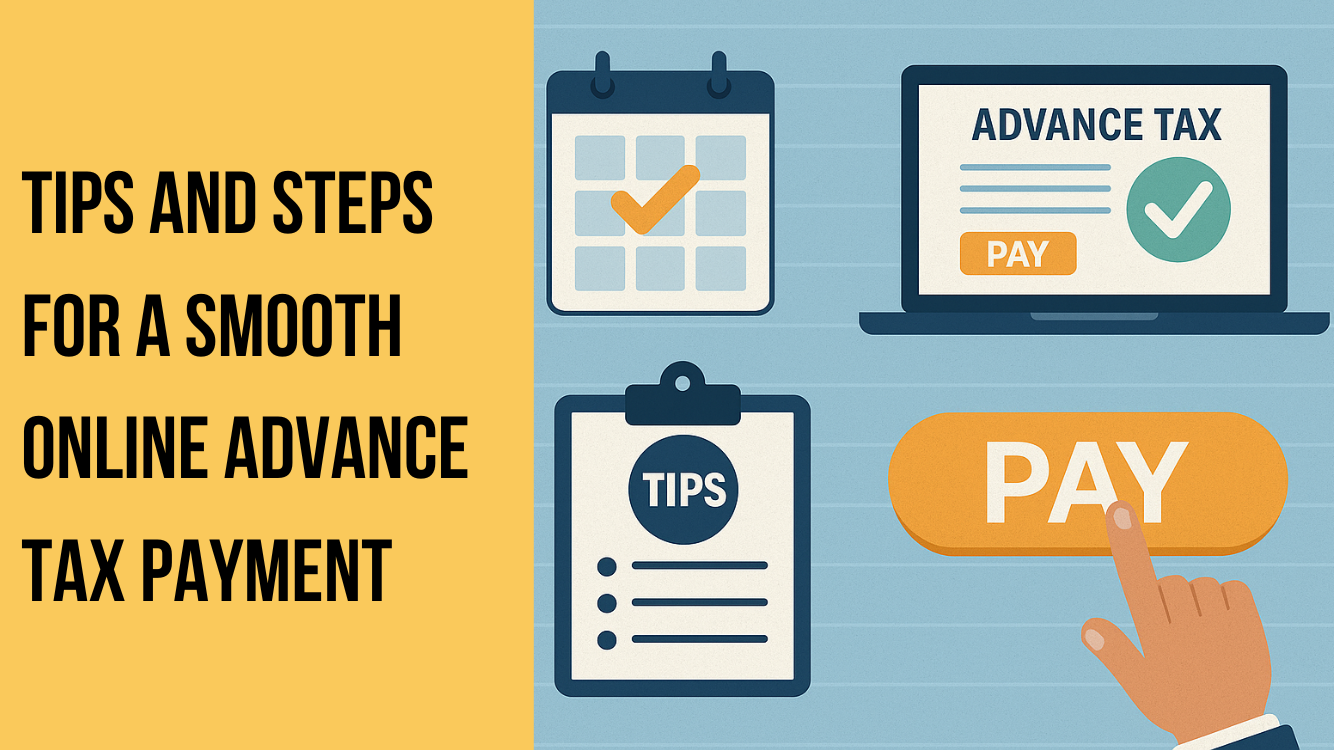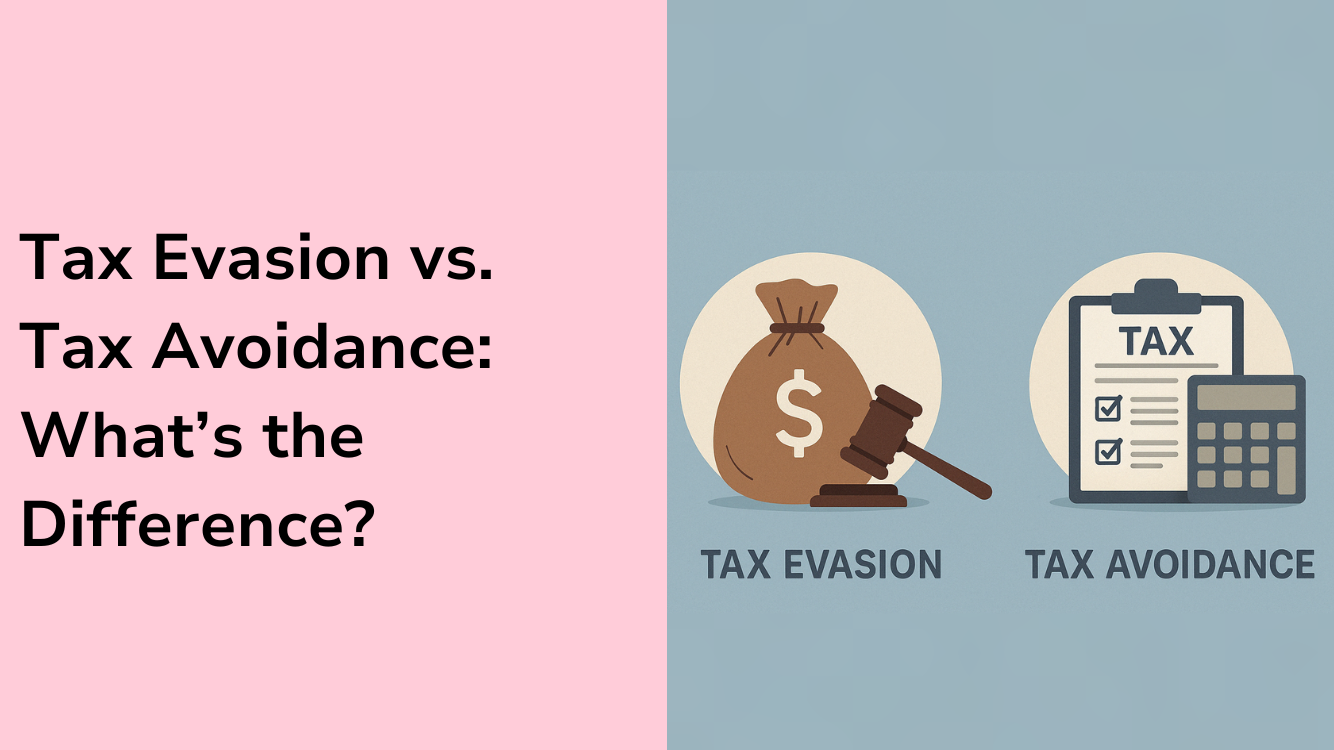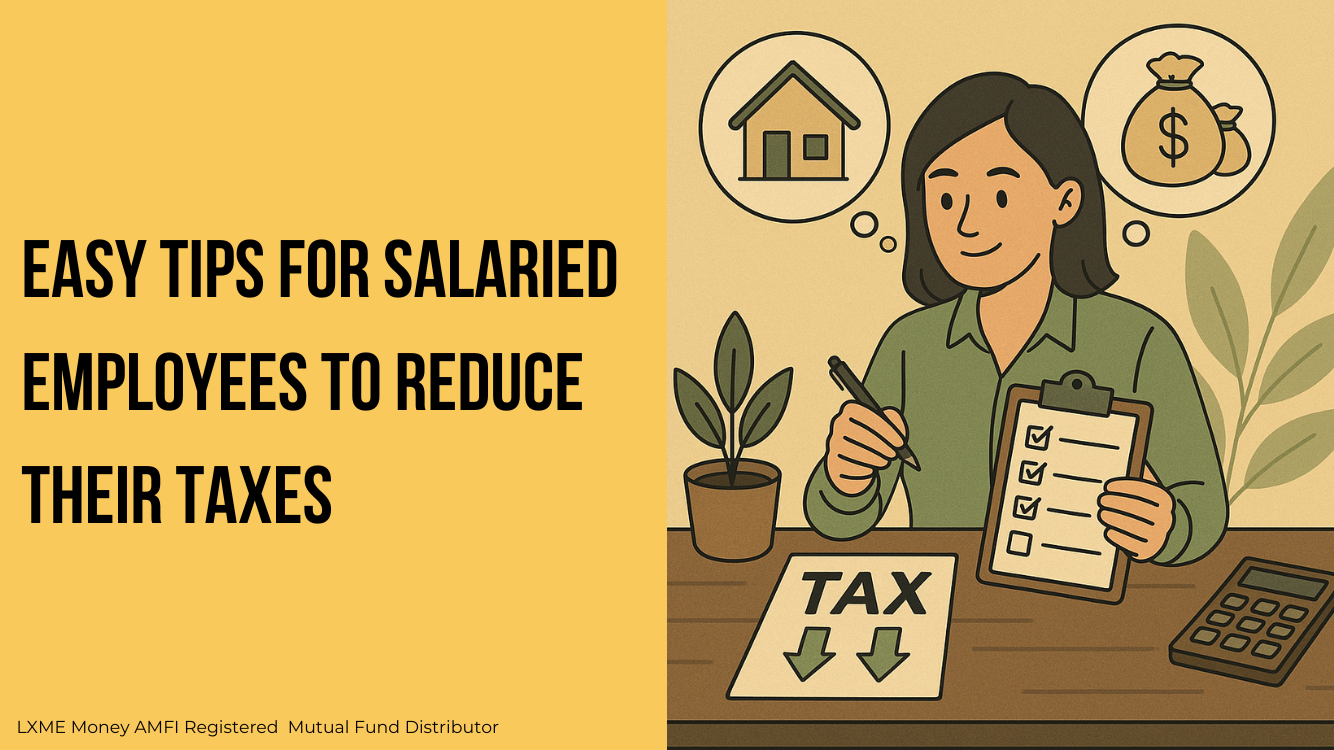If you are a working professional earning any form of income every month, it is time to usher in the upcoming financial year with a resolution to take charge of your money.
To help decode the jargon, we have portioned out the basics in a handy, easy-to-understand guide. Read on and implement these on your own personal finances.
Know the taxes you’re paying
Salaried women working in organisations primarily pay income tax as per the tax slabs issued by the government every financial year. Professional women working as consultants and advisors are required to pay the Goods and Services Tax (GST) on the services they render. Other forms of notable taxes liable are taxes on business income, capital gains tax on certain investments, and property tax if you are a property owner. A lot of the other taxes you pay are usually included in the price you pay for products and services. To manage finances better and stay tax-ready, many women also use tools like a digital gullak app to track savings and organise their money efficiently.
Tax Deducted at Source (TDS) affects your in-hand salary
This is one of the crucial reasons why you don’t receive the exact Cost-To-Company (CTC) specified on your job letter in your bank account each month. TDS is a system introduced by the Income Tax Department, where the entity responsible for making payments such as salary, commission, professional fees, interest, or rent is liable to deduct a certain percentage of tax before making the full payment to the receiver. So if you’re a working woman, your company deducts the TDS before crediting the salary in your account. As the name suggests, the concept of TDS is to deduct tax at its source.
You can request Form 16 from the employer at the end of the financial year and submit it to the tax department to reclaim the TDS amount. Form 16 is a salary TDS certificate, which is issued to salaried employees every year, where your employer is certifying details regarding the salary you have earned during the year and how much TDS has been deducted. It serves as proof that your income has been deducted at source.
Effective tax planning can help manage your finances
You must wonder why the government takes away anywhere between 5% to 30% of your income. It can feel like you are being penalised for being an honest citizen of the country, but the taxes we pay fuel the growth of our nation and us, the citizens. The government also allows us to save a part of the tax we are liable to pay through various schemes and investment options.
Tax planning is essentially reducing your tax liability, which also gives an opportunity for wealth creation or growing your saved money.
Your financial plan is the master portfolio of all your savings and investments, and tax planning is an essential part of this. An efficient financial plan helps you achieve your monetary goals like travelling, buying a house, early retirement, or child education without compromising your present lifestyle.
There are various provisions under the Income Tax Act, 1961, for exemptions, deductions, and rebates which can help reduce the amount paid as tax.
Whether you are a salaried or a self-employed woman, there are some tax-saving tricks that you need to know to avail tax benefits.
1.Health insurance:
Section 80D of the Income Tax Act, 1961 allows a tax deduction of up to Rs.25,000 per year for paying health insurance premium with an additional deduction of Rs.5000 for policies purchased by or for senior citizens. This benefit is applicable for your own health insurance premium and the premiums paid for your spouse, children, and parents. By taking a good health insurance policy for yourself and your loved ones, you can not only minimize your healthcare expenses but also save tax.
2. Section 80C of the Income Tax Act, 1961:
This section allows for a deduction of up to Rs.1,50,000 for investing in tax-saving options. Some investment options available under this section are:
- Public Provident Fund (PPF)
- Employee Provident Fund (EPF)
- Equity Linked Savings Scheme (ELSS)
- Life Insurance Premium
- 5-year tax-saving Fixed deposit
- Tuition fees of children
This deduction can be claimed either for investment in one instrument or for investment in multiple options. The cumulative deduction should not exceed Rs.1,50,000.
3. Sukanya Samridhi Yojna:
Under this scheme, you can deposit up to Rs.1,50,000 per year and get a fixed return of 9.2%. This is available for a girl child under 10 years of age. The interest earned and the maturity amount is tax-free. There is a lock-in for this investment. The scheme will last till the girl turns 21 years of age or gets married (whichever happens earlier). Once the girl turns 18 years of age, you can apply for a premature withdrawal of up to 50% only for her higher education.
4. Home Loan:
If you have taken a Home Loan, you can claim a tax deduction on the interest component of the loan under Section 24(b).
For self-occupied properties, you can benefit from deductions of up to Rs.2, 00,000 under the head ‘Income from House Property’. However, to claim this, the acquisition or construction of the property should be completed within five years from the end of the financial year in which the loan was taken. If not, the deduction will be limited to Rs.30,000.
Now that you know about some of the Income Tax sections, don’t forget to assess your short-term and long-term financial goals and align them with your tax-saving options to get the best of both worlds.
Calculate your payable tax before the deadline hits
Start by putting together all the paperwork, including every last invoice for any freelance jobs you may have taken, and prepare a comprehensive list of all forms of income you’ve had during the financial year.
If you’re looking to get an understanding of how much you owe the government, instead of going to your accountant or financial advisor to assess your taxes, you can harness the power of the internet. There are several tax calculators and platforms available online that help you manage and save your taxes through different income sources or evaluate which tax-saving instrument can give you the best returns.
You can also file your Income Tax Return (ITR) on the e-filing website of the Income Tax (IT) department. It may seem like a complicated process, but it really is just a 30 minutes process once you have all your documents handy.
Here is a step-by-step guide to help you file your income tax return (ITR) online:
- Register yourself on www.incometax.gov.in/iec/foportal/
- Keep the required documents such as TDS certificates (Form16/16A) handy
- Download your Form 26AS, check it with your Form 16/16A and rectify the errors if any
- Compute your total income for the financial year and your tax liability using the online calculators. These calculators also consider tax deductions on home loans, education loans, and other income expenditures.
- Calculate final tax payable, if any
- File income tax return after all taxes are paid
- Verify your ITR online within 120 days of filing
- E-verification acknowledgment from the IT department
- IT department will process your return after verification












